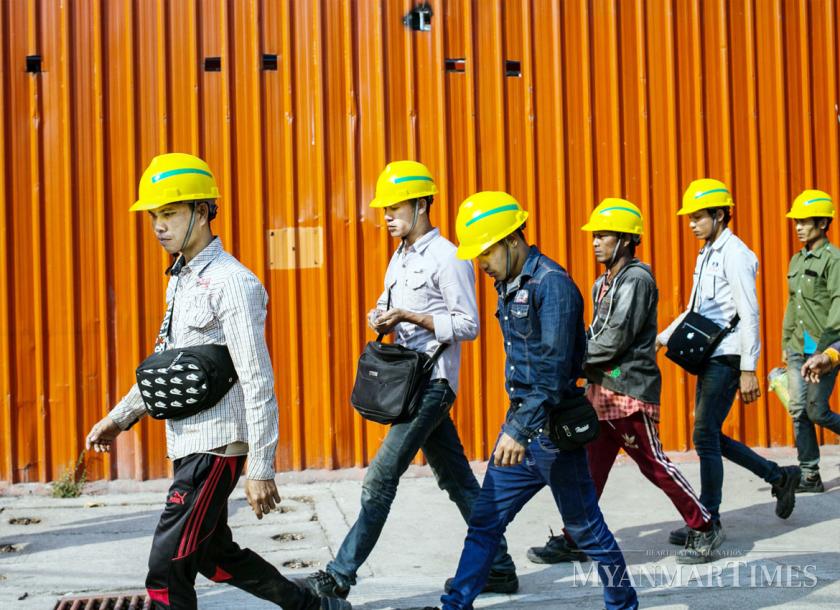Myanmar’s latest Purchasing Manager’s Index (PMI) shows slowdown in Myanmar’s manufacturing businesses
5 มีนาคม 2563
Myanmar’s latest Purchasing Manager’s Index (PMI) figure for manufacturing is indicating that manufacturing businesses are slowing.
IHS Markit, a London-based information provider, released its report on Myanmar’s Manufacturing PMI yesterday.
The headline IHS Markit Myanmar Manufacturing PMI is a composite single-figure indicator of manufacturing performance. It is derived from indicators for new orders, output, employment, suppliers’ delivery times and stocks of purchases. Any figure greater than 50 indicates overall improvement of the sector.
Business conditions in Myanmar’s manufacturing sector abruptly stalled in February, according to PMI survey data from IHS Markit. Overall business conditions failed to improve for the first time since October 2018, signalled by the headline PMI coming in just below the no-change mark of 50.
The PMI hit 49.8 in February, down sharply from 52.7 in January. The latest figure signalled stagnation in manufacturing business conditions in Myanmar.
“Myanmar’s 15-month run of improving manufacturing business conditions was abruptly halted in February, as the PMI equalled it’s largest ever one-month fall to come in just below the neutral 50 mark,’’ Trevor Balchin, economics director at IHS Markit, said.
The drop in the PMI reflected weaker contributions from four of the five components. Growth of output and new orders both slowed sharply since January, while employment was broadly unchanged in February and stocks of purchases declined at a faster rate. The final component – suppliers’ delivery times – was broadly stable despite some reports of delays due to shutdowns in China.
Purchasing operations were scaled down in February as a result of slower demand.
Suppliers’ delivery times lengthened by the most in four months in February, but overall there was little evidence of supply chain disruption resulting from the COVID-19 outbreak in China.
The output and new orders indices remained in expansion territory, but both fell sharply since January. The employment component signalled no increase in the workforce, while the suppliers’ delivery times data suggested limited disruption so far from the COVID-19 outbreak, Balchin said.
Inflationary pressures picked up in February, with average input prices rising at the fastest rate in five months.
“While the 12-month horizon still looks positive, the near-term outlook is uncertain. A record drop in finished goods stocks may not necessarily translate into a future rise in output if the trend in new orders weakens further. And it is still too early to gauge the full impact of the virus outbreak on supply chains and demand.” Balchin added.
The 12-month outlook for output remained positive in February. Overall sentiment was little changed from the recent highs posted in December and January. Firms mainly linked higher expected production to machinery upgrades and planned new products.
(The Myanmar Times: https://www.mmtimes.com/news/purchasing-index-shows-slowdown-myanmars-manufacturing.html )











